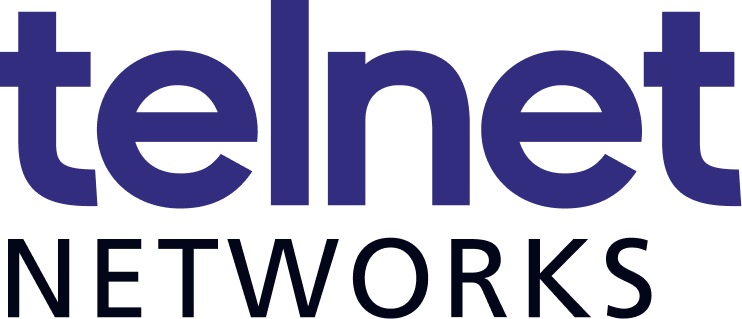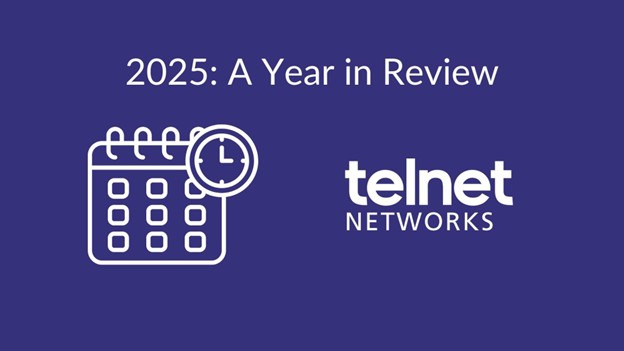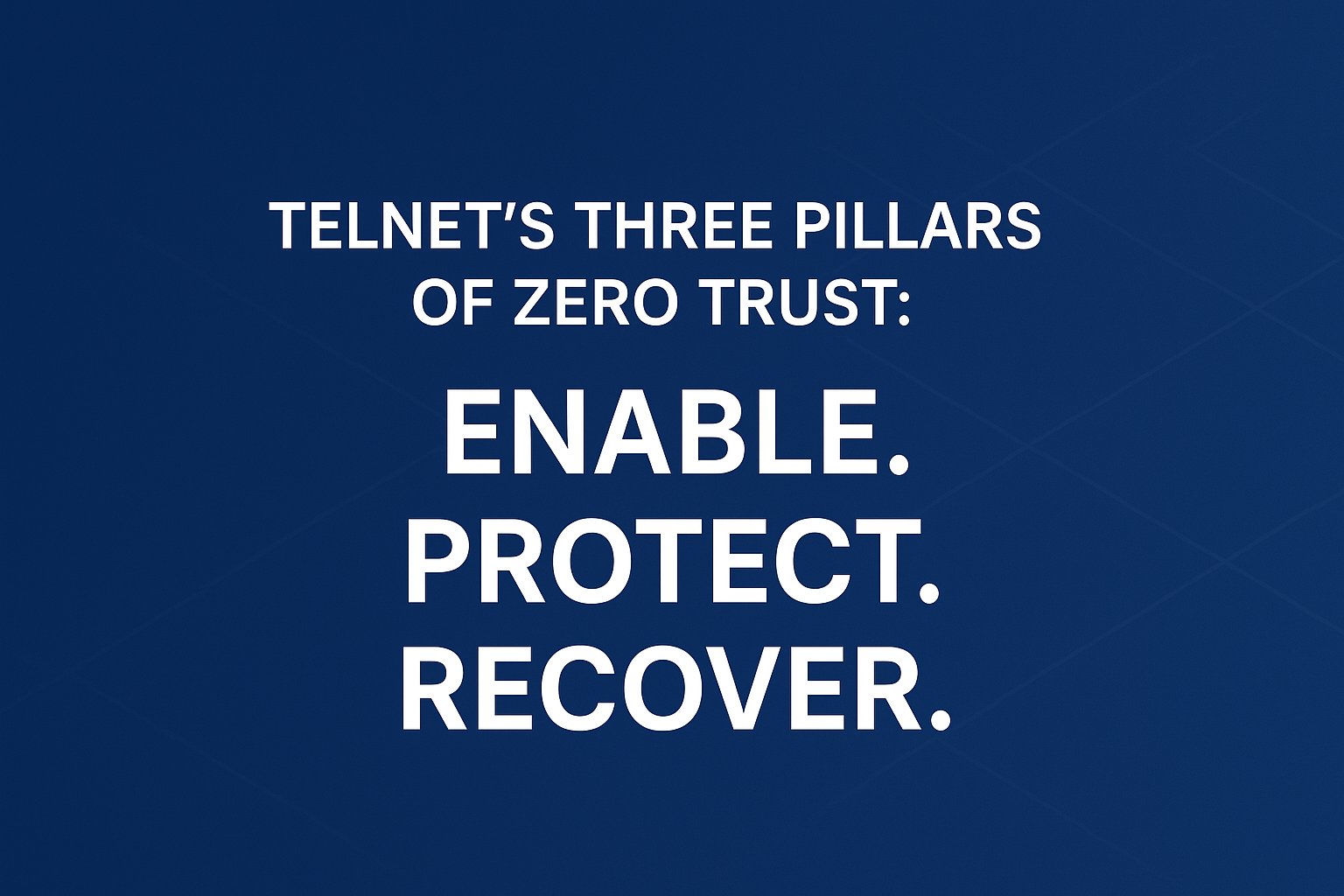In 2013, in a legal case that sent waves through the IT industry, Sears Holding Corp. filed lawsuits against two IT vendors involved in maintaining and providing equipment for the company’s data center. Sears alleged that, as a result of multiple power outages and ongoing issues, the company had lost an estimated $2.2 million in profits and another $2.8 million in repair costs. More recently, Salesforce.com experienced a day-long outage due to a firmware bug that cost the company $20 million and customers experienced critical loss of sales and customer data. While these cases may be extreme examples, they highlight potential costs that go with downtime and outages.
Application Dependency Mapping: What It Is and Why Can It Be Difficult
According to the 2017 State of the Network Engineer from NetBrain, the chief reason network engineers don’t diagram application dependencies is that the manual process takes too long. Thirty-five percent of respondents indicated that it took their teams a month or longer to generate an application dependency map.
This is where application dependency mapping tools come into play. Rather than tediously trying to manually map an IT service, dependency mapping software can automate and simplify “map” creation.
Why Mapping Matters
As the opening examples illustrate, in today’s litigious society, legal repercussions are an ever-increasing possibility when critical services and networks go offline. In addition, many service-level agreements (SLAs) have clauses that incorporate penalties or discounts for clients who experience unplanned downtime.
Even where there are no legal consequences to interrupted services and downtime, the cost—in terms of a company’s customer base—can be disastrous. According to a study by Akamai, 75% of customers who experience slow load times, freezes or crashes when shopping at a website will no longer buy from that site.
The evidence is clear: Pinpointing the cause of performance outages and bottlenecks is easier with a coherent view of underlying relationships of communicating devices. This speeds the ability of organizations to discover and resolve outages, minimizing consequences from these events.
Dependency Mapping: The Value It Adds to Your Company
Even more critical, dependency mapping can help you avoid problems and slowdowns altogether, or at least greatly reduce their likelihood. By having an accurate, up-to-date map of your network and cloud infrastructure, you can find problems before they come up, see areas where performance will likely slow down with additional growth and identify weak points in your infrastructure, services, and components that should be addressed before they reach a breaking point. This, in turn, helps your company target its upgrade and maintenance efforts where they really matter and where they will return the most value.
The VIAVI Advantage: Not all Application Maps Are Built the Same
When it comes to application troubleshooting, dependency mapping is a vital tool in ensuring your company’s services are running at peak efficiency. Without it, your IT staff are consigned to painstakingly trying to track down issues. That being said, not all application dependency mapping technology is equal in capabilities and simplicity. When evaluating application dependency maps, key questions to ask and understand:
- How much setup and configuration time is required to use the maps?
- How does the map help engineers to identify real-time performance problems?
- How does the map integrate into a troubleshooting workflow?
Thank you to Viavi for the article.







